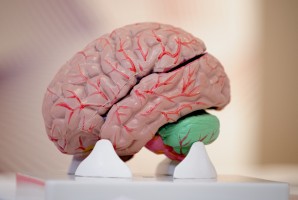Following are some frequently asked questions (FAQ).
Why have I never heard of it?
Worldwide, dystonia is one of the most common movement disorders, alongside Parkinson’s Disease and Tremor, yet few people have heard of it and fewer have any idea what it is. Dystonia is not a life‐threatening disorder but, in its more serious forms, it can have a devastating effect on the life of patients and their families.
One of the main activities of Dystonia Europe and its national member groups is its work to increase awareness of the condition among the public and the medical profession and to help patients find the best treatment available. Sharing information and experiences with other patients is another step forward to achieve the publicity dystonia needs.
Will Dystonia improve or get worse?
If dystonia develops in childhood, then in many (but not all) cases it will spread to other parts of the body and become generalised. However, adult onset dystonia tends to have different characteristics and is generally confined to a local area (focal dystonia). It is unlikely to spread to other parts of the body.
Dystonia can sometimes improve or disappear for no apparent reason. The likelihood of this happening is extremely rare and unpredictable. In some cases, the dystonia returns after a period of remission, but patients rarely remain symptom‐free for the rest of their lives.
Is there a cure for Dystonia?
Unfortunately, there is no known cure for dystonia. However, there is a range of treatments available to alleviate the condition. Great advances have been made in the area of dystonia genetics and much research continues around the world.
What are the main problems associated with Dystonia?
The symptoms of dystonia can often be painful and may vary in their severity from a minor inconvenience to a total interruption of normal life. However, two of the main problems experienced by people with dystonia are isolation and lack of awareness of the condition. People with dystonia often feel embarrassed by the symptoms, which can be bizarre and disfiguring, and tend to avoid social contact. Family, friends and work colleagues may find it difficult to comprehend the problems of the patient. Even today dystonia is often still incorrectly considered to be a psychogenic disorder.



